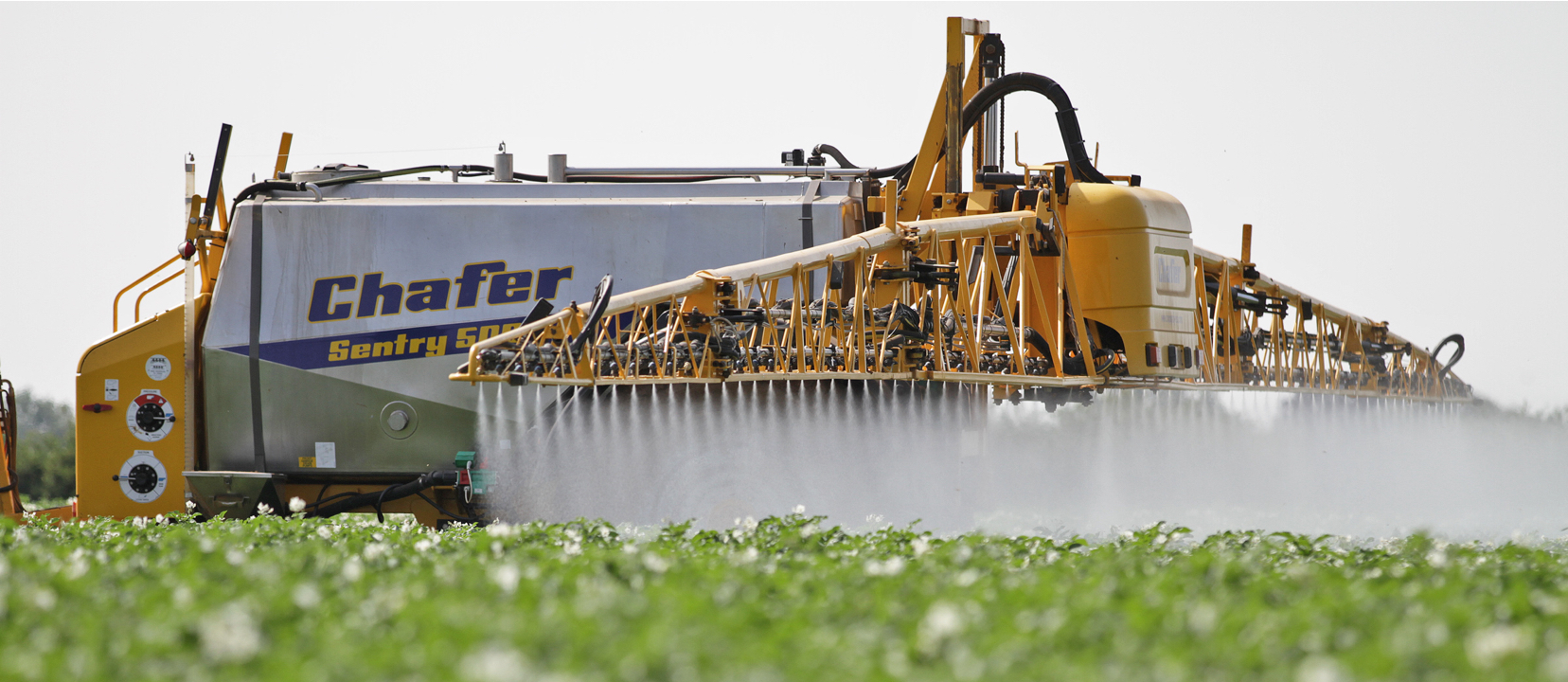
As I discussed in the video, Are GMOs Safe? The Case of BT Corn, genes from GMO crops were found in pregnant women. There is debate on the direct threat of the inserted genes, but the real danger may come from pesticides associated with genetically modified foods. As stated in an article published in Science and Engineering Ethics, “genetically engineered seed biotechnology typically has not been used to increase crop yields, nutrition, or drought tolerance but instead for profitable pesticide-resistant products… 80% of GMO crops are bioengineered only for pesticide resistance. Not surprising, given that the top five biotech companies are chemical companies that manufacture pesticides.”
This allows farmers to spray herbicides directly onto the crops, raising a theoretical possibility that the levels of herbicide residues on food we buy at the supermarket may have increased. Or at least it was theoretical… until now.
Monsanto’s roundup-ready soybeans are the number one GM crop, genetically engineered to be resistant to the herbicide, Roundup—also sold by Monsanto. This allows farmers to spray fields with the Roundup herbicide glyphosate, which then kills the weeds while leaving the soy standing.
Monsanto maintains that roundup ready soybeans are compositionally equivalent to that of conventional soy, a concept that is used to argue that GMO foods are therefore as safe as non-GMO. Monsanto did not report the level of pesticide residues, however. In fact, some of the comparison tests were done on Roundup-ready soybeans that hadn’t been sprayed at all, which is the whole point of having Roundup-ready plants. In contrast to real-life samples from the market, transgenic crops intended for scientific studies are often produced without the application of herbicides or at doses lower than those typically used by farmers. It wasn’t until a study published in 2014 when the full composition of ready-to-market soybeans was analyzed.
You can see the analysis in my video, Are GMOs Safe? The Case of Roundup Ready Soy. There was a significant amount of glyphosate found in the GMO beans, along with a glyphosate breakdown product called AMPA. There was no glyphosate or AMPA found in organic soy. What about conventional non-GMO soy where glyphosate is just sprayed on the soil to kill weeds between crop cycles? Also none. So GMO soybeans are really not equivalent, they appear to have substantially more pesticide residues. The debate then shifts from the safety of Roundup ready soybeans, to the safety of Roundup itself.
I discuss whether or not the glyphosate residues on GMO soy are something to be concerned about in my video Is Monsanto’s Roundup Pesticide Glyphosate Safe?
More on GMO soy can be found in my video GMO Soy and Breast Cancer.
What can happen when food industries self-regulate? See, for example:
In health,
Michael Greger, M.D.
PS: If you haven’t yet, you can subscribe to my free videos here and watch my live year-in-review presentations Uprooting the Leading Causes of Death, More Than an Apple a Day, From Table to Able, and Food as Medicine.
Image Credit: Chafer Machinery / Flickr




